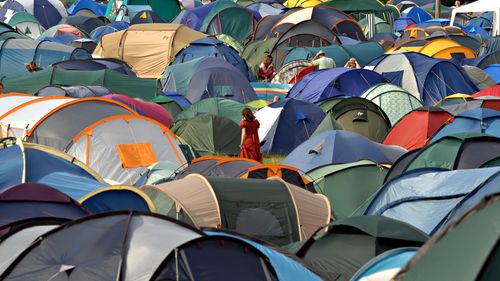It’s a good idea if possible to buy from cooperatives and development organizations. Places such as Kazuri Beads & Pottery Centre, Akamba Woodcarvers Village, Bombolulu and Malindi Handicraft Co-operative provide their employees with above-average rewards.
What you take home will depend somewhat on how much you can transport. It’s easy to get carried away when bargaining: some wooden and soapstone carvings are heavy as well as fragile, and can be hard to cart home. Bigger shops and large cooperatives will ship items for you.
Carvings
Kenya is one of the world’s biggest manufacturers of wooden carvings. From the ubiquitous animals of doubtful appearance to finely chiselled bowls and plates, carvings are created here in the millions, mostly by Kamba carvers. The most striking carvings are in the dramatic makonde style (after the Makonde people of Mozambique and Tanzania, a group of whom live west of the Taita Hills). Makonde carvings are ostensibly made from endangered ebony, but most are fortunately carved from blackened rosewood or something similar. The other popular carving material is steatite, or soapstone – a soft, lustrous stone mined from one area, Tabaka near Kisii. Apart from its tendency to snap (which makes soapstone hippos more popular than giraffes), soapstone is one of the most versatile materials, and the industry encompasses a wide variety of plates, bowls, boxes and utensils, as well as decorative items such as chess sets and candlesticks.
Baskets
The Kamba are also big basket-makers: sisal baskets (chondo, or vyondo in the plural) come in a huge variety of patterns and can be made from nylon string as well as sisal and, much more rarely, baobab bark twine, with beads woven in. The baskets are all light and functional and, since becoming international fashion accessories, are much more expensive than they were: buying direct from weavers, especially when leather straps and other decorations have still to be added, can be an excellent deal for all.
Beads, tribal items and weapons
Beadwork (ushanga, mkufu) and tribal regalia – weapons such as spears and clubs, shields, drums (ngoma), carved stools and headrests, traditional utensils made from gourds (sometimes beaded), cowhorn keepsafes and metal jewellery – are fairly common, but often more expensive when they’re the genuine article rather than made for the tourist industry. The best region if you want to buy metal goods is the north: the Turkana region can yield some fairly spectacular examples of lethal weaponry, crafted indiscriminately for murderous assault or apartment wall. The bracelet-like wrist knives, or aberait, used to slash an enemy, are particularly impressive. You can buy traditional weapons – clubs, knives, swords, spears and bows and arrows – almost anywhere, and sometimes it can be hard to distinguish between an authentic weapon and an item made for tourists: the old man wandering the streets of Machakos with two bows and a quiver full of beautifully flighted arrows for Ksh20 each is not thinking of your souvenir requirements but of local hunters and security guards.
Toys
Look out for beautifully fashioned, push-along buses, cars and lorries made entirely of wire. These used to have tall rods, fitted with steering wheels, and would be given to lucky boys in rural areas by older brothers and uncles. Today, they’re vastly outnumbered by mass-produced (though still hand-made) wire vehicle toys, manufactured as tourist souvenirs. Also widely available are amusing, push-along birds, monkeys and cyclists, that flap, bob or crank as they’re rolled.











